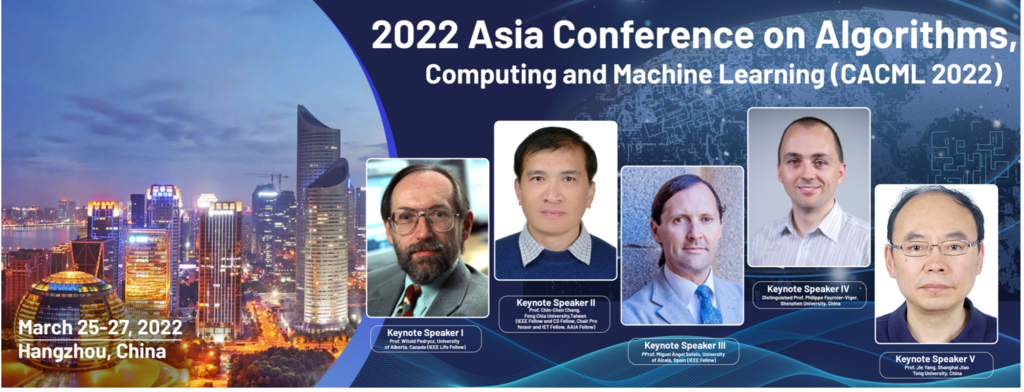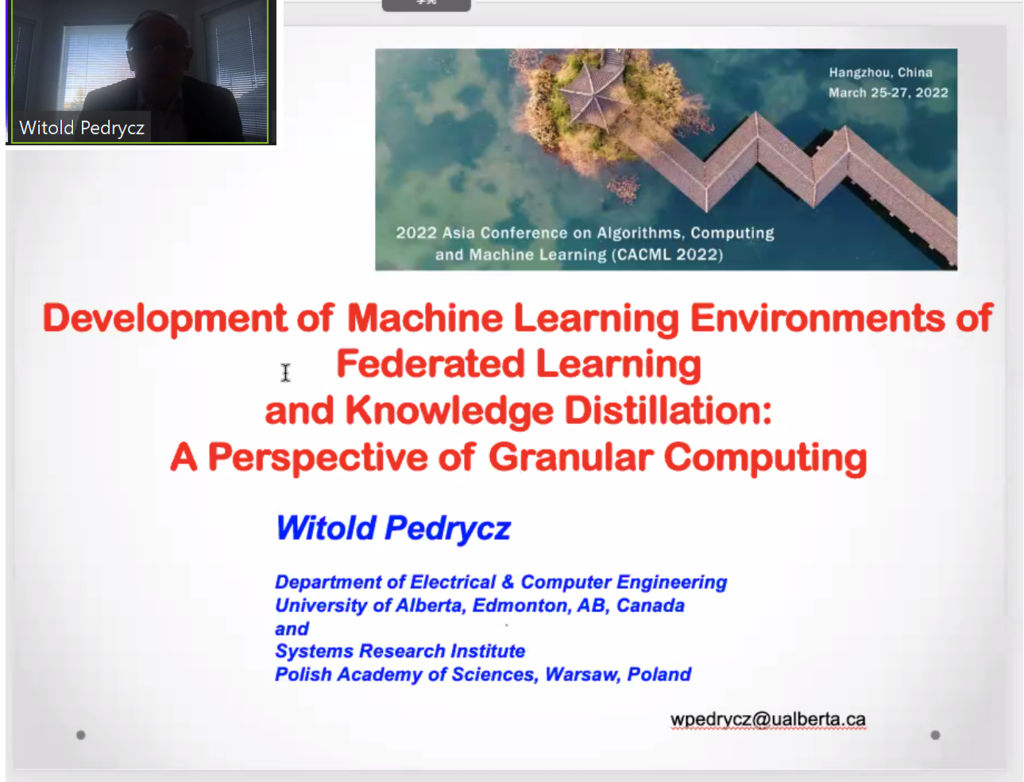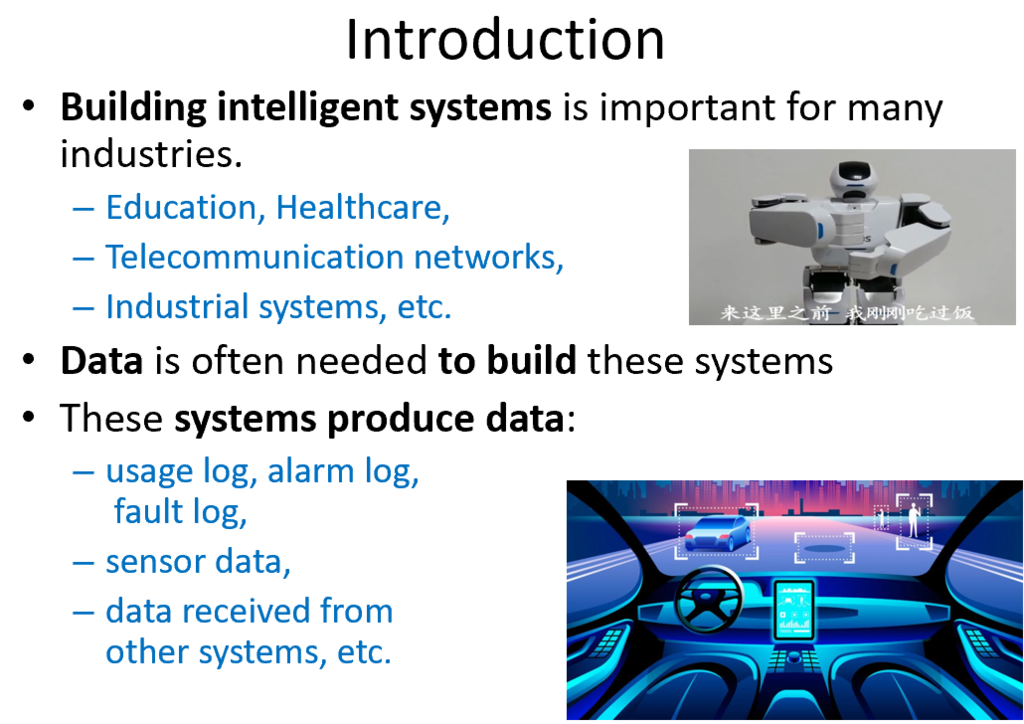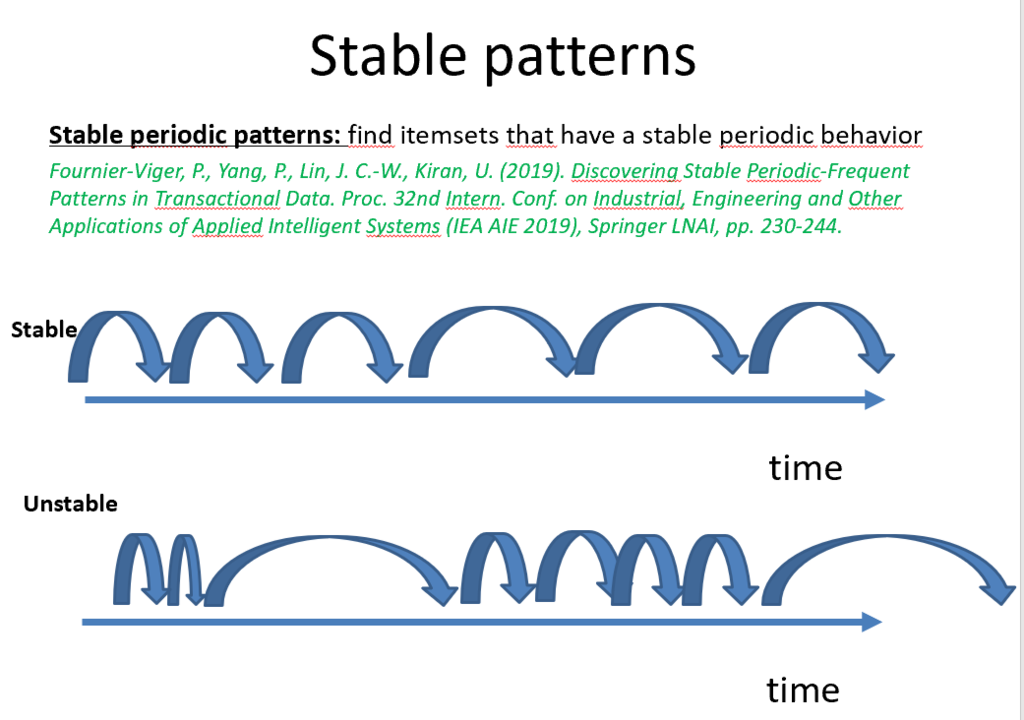Today, I have attended the CACML 2022 conference (2022 Asia Conference on Algorithms, Computing and Machine Learning), which was held virtually from Hangzhou, China from March 25 to 27.

This is a new conference on a very timely topic of machine learning and computing. The website is : cacml.net. The conference was well organized. The proceedings of the conference are published by IEEE in the IEEE Xplore digital library (indexed by IE, INSTP etc), which provides a good visibility to the paper.

I have been involved in this conference as conference chair, and as keynote speaker.
Keynote talk by Prof. Witold Pedrycz
The first talk was by Witold Pedrycz from University of Alberta, Canada, a well-known researcher and editor of the Information Science journal. He talked about machine learning, granular computing and federated learning. Here are a few slides:




As illustrated in the above slide, in federated learning, each client is the owner of his data. Then, if a server wants to build a machine learning model, the server will interact with the clients to build a model. But the client will not disclose their data to the server. Instead the clients will provide knowledge to the server to help build the model. This is interesting idea to protect the privacy of users. Below, there is another slide that shows how a model is updated in the case of gradient descent with federated learning. Each client returns a gradient to the server rather than sharing the data.


Then, there was more details about how federated learning and granular computing can be used jointly to build rule-based models, and the issue of how to evaluate the quality of the models built using federated learning (since the server does not have access to all the data). I will not report all the details. But it was an interesting talk.
Keynote talk by Prof. Chin Chen Chang
The second keynote by Prof. Chin Chen Chang from National Tsing Hua University, Taiwan was about information hiding that is how to hide information, for example, to send a secret message by hiding it inside images.




Keynote talk by Prof. Philippe Fournier-Viger
The third keynote was given by me about “Advances and challenges for the automatic discovery of interesting patterns in data“.

In that talk I briefly reviewed early studies on designing algorithms for identifying frequent patterns that can be used for instance to identify frequent alarms or faults in telecommunication networks. Then, I gave an overview of recent challenges and advances to identify other types of interesting patterns in more complex data. I introduced the concepts of high utility patterns, locally interesting patterns, and periodic patterns. Lastly, the SPMF open-source software will be mentioned and opportunities such as how to combine pattern mining with machine learning.










Keynote talk by Prof. Jie Yang
The last keynote talk was by Prof. Jie Yang from Shanghai Jiaotong University about attacks on deep learning models. Here are a few slides:






As shown above, some attacks can be on unnecessary features while other attacks can be about missing features.


There was also some discussion of defense techniques against attacks on neural networks, and attacks on the attention of deep learning models.
Conclusion
This is a short overview of the CACML 2022 conference. It is a medium-size conference (which is understandable since it is a new conference), but there was some good speakers and invited guests. I have enjoyed it, and I would attend again.
—
Philippe Fournier-Viger is a distinguished professor working in China and founder of the SPMF open source data mining software.




